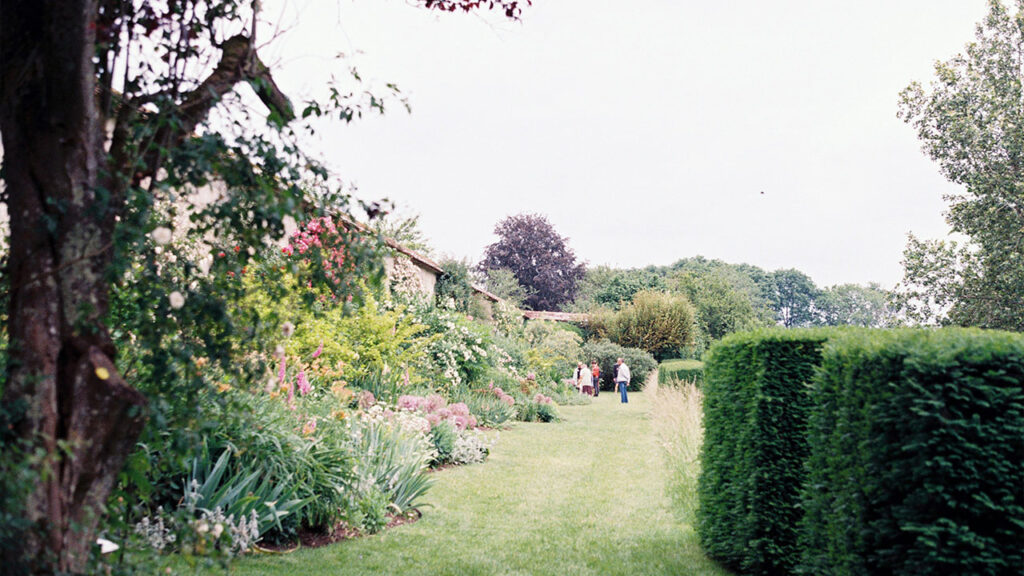
Some plants are favorites among professional landscapers for their resilience, fast growth, or tidy appearance—but that doesn’t always mean homeowners are thrilled to live with them. From high-maintenance habits to aggressive spreading, these popular picks can quickly wear out their welcome. Here are 10 plants landscapers love to use that homeowners often regret planting once they see what it takes to keep them in check.
1. Bamboo: Fast-Growing but Invasive
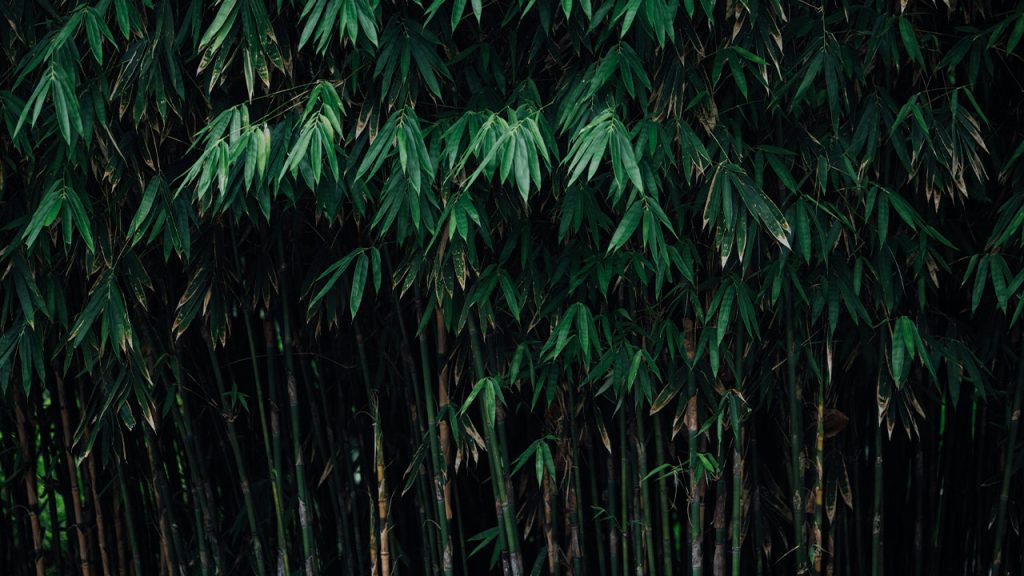
Bamboo adds instant drama and privacy, but it spreads aggressively through underground rhizomes, often escaping its planting zone and invading neighboring yards. Once established, it’s notoriously difficult to remove. Containment barriers can help, but they require constant vigilance. Without proper control, bamboo can turn from elegant accent to garden nightmare in just a few seasons.
2. English Ivy: A Wall-Clinger That Won’t Quit
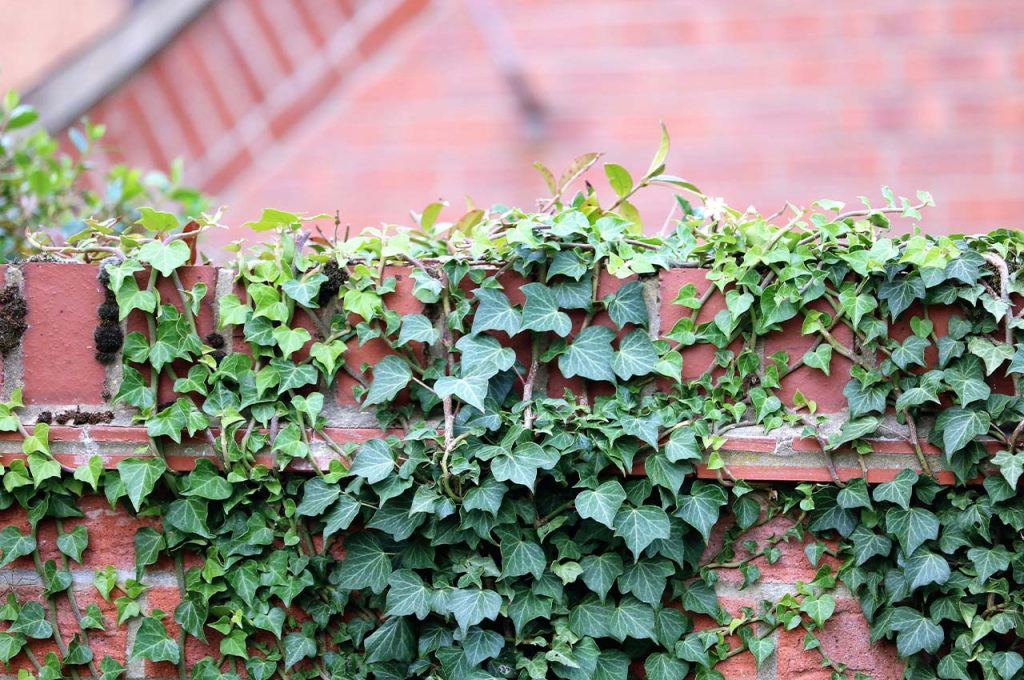
English ivy looks lush climbing up walls and fences, but it clings tightly to surfaces, trapping moisture and damaging brick or wood over time. In garden beds, it smothers everything in its path and is hard to control once it takes root. It also harbors pests and can become a breeding ground for mold. Homeowners often regret planting it after seeing it swallow trees, sheds, and siding alike.
3. Privet Hedges: High Maintenance for a Clean Look

Privet hedges provide classic structure and privacy, but they grow fast and demand constant trimming to maintain their shape. Left unattended, they quickly become unruly and overgrown. Many varieties also produce berries that spread aggressively, leading to unwanted seedlings throughout the yard. What starts as a tidy border often becomes a weekend chore that never ends.
4. Purple Leaf Plum Trees: Beautiful but Messy

These ornamental trees add instant curb appeal with their dramatic foliage and pink spring blooms—but they come with drawbacks. The small fruit they drop stains patios and walkways, attracts pests, and creates ongoing cleanup duties. They’re also prone to disease and have relatively short lifespans. Many homeowners love them in year one and grow weary by year three.
5. Trumpet Vine: A Relentless Spreader
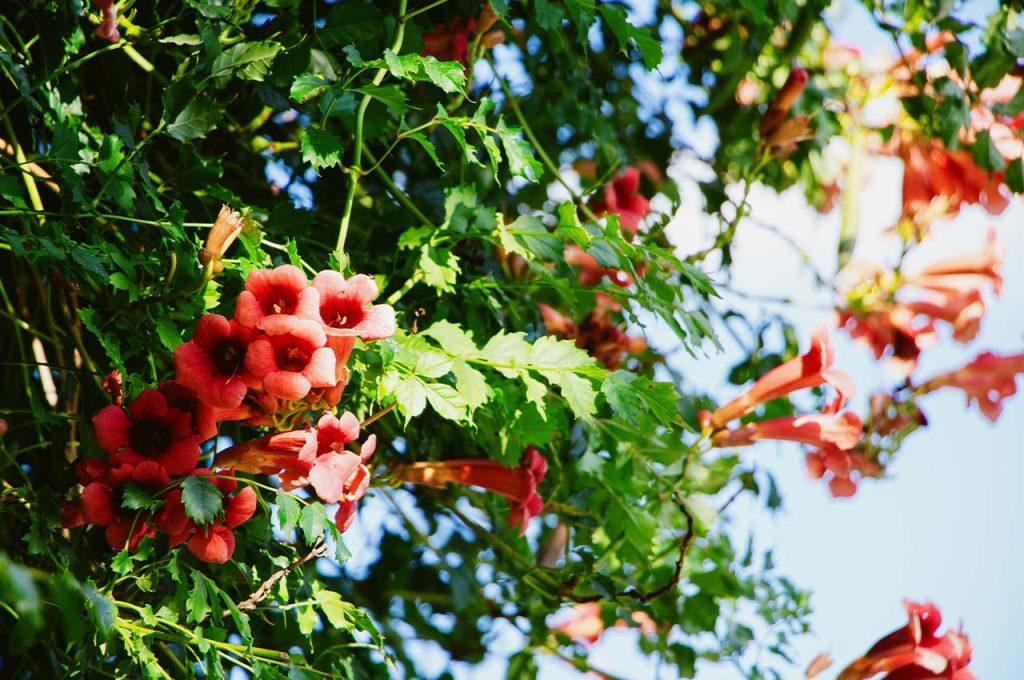
Trumpet vine stuns with bold, tubular flowers that attract hummingbirds—but it doesn’t know when to stop. This vigorous grower sends shoots underground and up any available structure, often damaging fences, siding, and even foundations. It’s nearly impossible to contain once established, and cutting it back only seems to encourage more growth. Gardeners often find it more work than wonder.
6. Leyland Cypress: Privacy at a Price
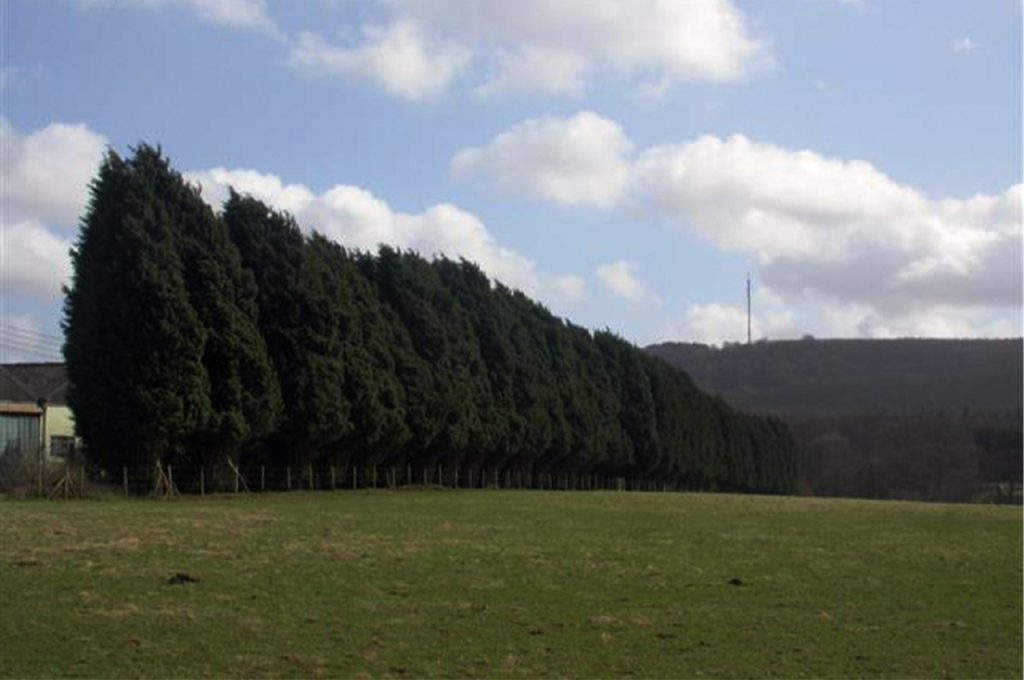
Leyland cypress trees grow fast and tall, making them a go-to for quick privacy screens—but their rapid growth comes with a long list of problems. They’re prone to disease, suffer in drought, and can drop branches or topple in storms due to shallow roots. Once they outgrow their space, trimming becomes a massive chore. Homeowners often regret the decision once these giants take over.
7. Yucca: Sharp Looks with Sharper Leaves
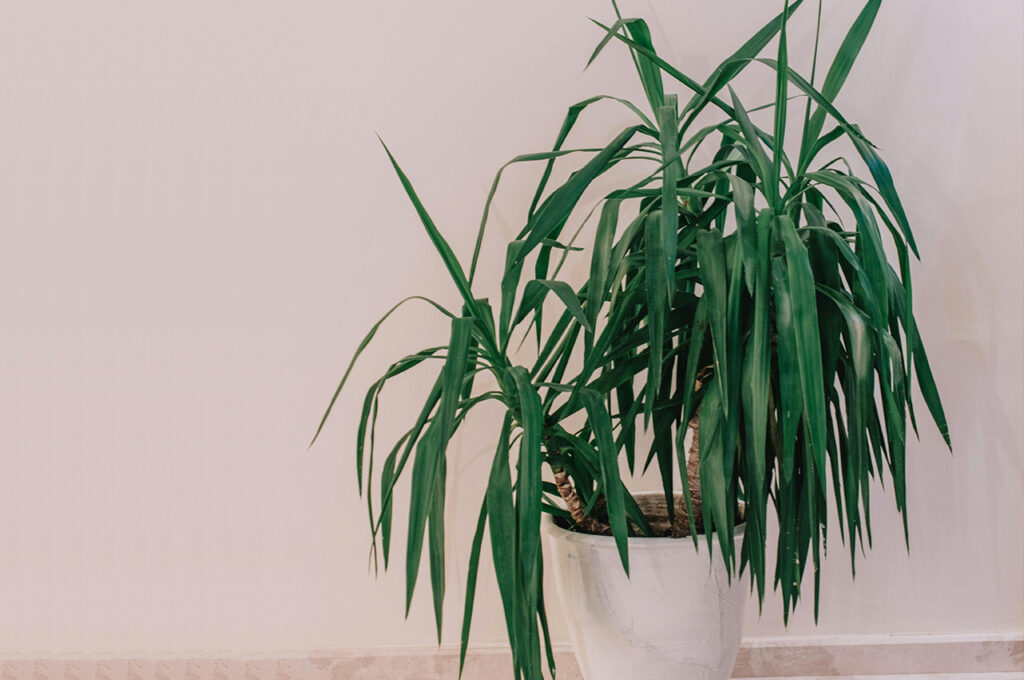
Yucca brings architectural flair to the landscape, but its sword-like leaves can be a hazard—especially in tight spaces or near walkways. The plant thrives on neglect, which makes it appealing, but once it takes root, it’s stubborn to remove. Its underground runners spread aggressively, and even small pieces left behind can regrow. Beauty aside, it’s a spiky commitment not everyone wants.
8.Japanese Barberry: Pretty but Problematic
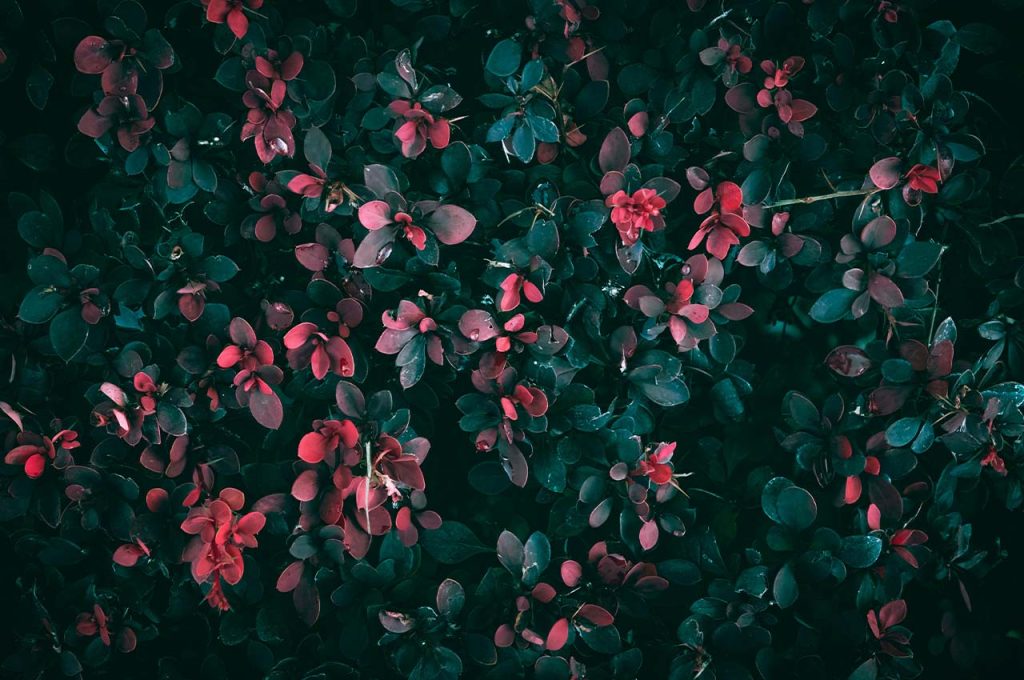
This colorful shrub adds a burst of red or purple to the landscape and thrives in poor conditions—but it’s highly invasive in many regions and spreads rapidly into forests and natural areas. Its thorny branches are also unpleasant to prune and can create hiding spots for ticks. Despite its vibrant appeal, many gardeners and local ordinances are starting to say no to this problematic plant.
9. Wisteria: Stunning Blooms, Aggressive Roots

Wisteria is undeniably beautiful when draped in cascading purple or white flowers—but it’s also one of the most aggressive climbers around. It twists tightly around supports, smothers nearby plants, and sends out tough roots that can damage patios, walls, and pipes. Once established, it’s extremely difficult to remove. Without strict pruning, it becomes more beast than beauty.
10. River Birch: Thirsty and Shedding Constantly

River birch trees are admired for their peeling bark and graceful form, but they have a serious thirst—often soaking up moisture from lawns, gardens, and even foundations. Their shedding bark, catkins, and leaves create constant mess, requiring frequent cleanup. For small yards or those looking to conserve water, this tree’s beauty may not outweigh the maintenance it demands.
Want to see more from Remodr?

Drop a comment below, share this with your friends and family, and don’t forget to follow us for more fresh ideas, updates, tips, and home trends.
This article was created with the assistance of AI but thoroughly edited by a human being.

